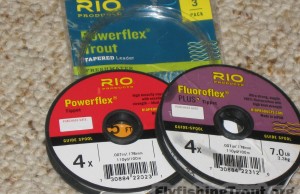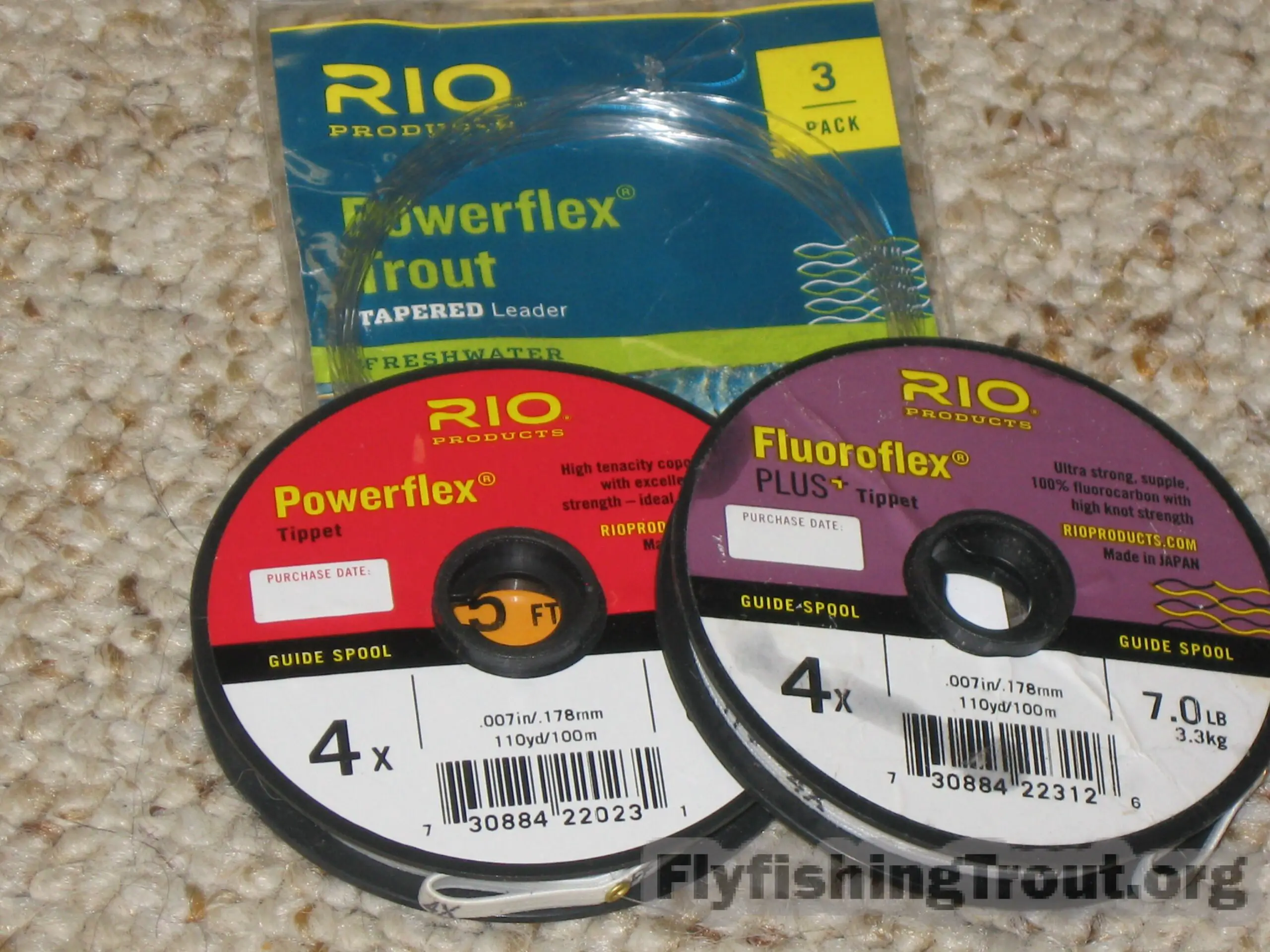This post was last updated on August 21st, 2017 at 08:42 pm
Fluorocarbon vs Mono
In this video I compare fluorocarbon with monofilament to decide if it’s worth it to buy the expensive fluoro. Honestly, after filming this video and testing these lines..I’m feeling like monofilament might be a better buy. Below you’ll read a lot of the common talking points and manufacturer claims that I thought were true about mono and fluoro, but be sure to watch the video first to find out our actual findings.
In the above video, I only compared one brand. I’ll stand by this article overall, until more testing is done.
 Many people still are not on in the fluorocarbon fan club, even though there are many clear advantages to tippets and leaders made from this material. The main factor you might consider while standing in a fly shop is the price. The cost of this high tech material is very high in comparison to standard monofilament, but is it worth it?
Many people still are not on in the fluorocarbon fan club, even though there are many clear advantages to tippets and leaders made from this material. The main factor you might consider while standing in a fly shop is the price. The cost of this high tech material is very high in comparison to standard monofilament, but is it worth it?
Durability
There are a lot of outside influences that can harm your lines. You will find that in most cases fluorocarbon leaders outweigh mono in this category by far. The sun will damage traditional monofilament after a very short period, while the fluoro can withstand years on a shelf or in a gear bag and show no signs of deterioration. The UV rays destroy monofilament to the point where it becomes nothing short of brittle. Another factor that can harm line is insect repellents. Deet is a harsh chemical used in most effective insect repellents, fluorocarbon lines are nearly impervious to it; while mono will nearly melt when it comes into contact with it. (Fly lines will also be ruined by insect repellents learn proper care for that here)
The Differences in Density
The density between fluorocarbon vs monofilament is an important thing to consider when choosing your leaders and tippets. If you are going to be using a hopper dropper rig, or even a simple nymph rig, using fluorocarbon will give you an advantage. You want your flies to get down to the fish as fast as possible, and stay in the “zone” as long as possible. Fluorocarbon has a higher density than mono. Actually it is bonded so well together, that air and water will not penetrate its outer coating. This will cause the fluoro to sink at a rate almost 4 times faster than monofilament. Not only that, the water absorption that takes place with mono causes the line to become weakened, even after a very short period in the water (an hour or less). The slickness of fluorocarbon and the lessened surface area of its tightly compacted shell, both play a major role in its fast sinking benefits.
Use the table below to decide if you think fluorocarbon is worth the price (personally I think it is well worth it). The major cost difference comes from the way these lines are manufactured. Without getting technical the fluorocarbon lines begin at a molecular level. While the nylon monofilaments are basically a byproduct of the oil industry. If there is one species on earth that can get finicky enough to warrant using fluoro; it is the trout.
| Fluorocarbon vs Monofilament |
Fluorocarbon Leaders/Tippets |
Monofilament Leaders/Tippets |
Memory |
Fairly high memory of most brands (more coils after coming off spool) | Sometimes has a high memory, there are many low memory varieties on the market, however you will usually sacrifice abrasion resistance and durability. |
Resistance to Insect Repellents (Deet) |
Fairly Resistance to Deet (the active ingredient in many insect repellents) | Very susceptible to damage from Deet and other chemicals |
Sink rate |
Sinks at a Faster Rate | Sinks almost 4 times SLOWER than fluorocarbon (according to some manufacturers) |
Water Absorption |
The higher density means it doesn’t absorb water | Absorbs high amounts of water and leads to weakness |
Visibility |
Nearly Invisible under water. Fluorocarbon line comes the closest to the light refractive index of water. | Fairly visible to fish: You will have to use lighter weight monofilament to replicate the same visibility as heavier strength fluorocarbon |
Abrasion Resistance |
High abrasion resistance (brand dependent) | Most are quite resistant to nicks and abrasion (similar to fluorocarbon in this category) |
UV Radiations Effect (The sun) |
Minimal effect of UV Radiation on Fluorocarbon | Monofilanent can lose 40% or more of its strength after long term exposure to UV rays (the sun) |
Knot Strength |
Knot strength can vary greatly (depending on brand) | Tends to have good knot strength for the most part |
Suppleness |
Fluorocarbon tends to be quite stiff (this can be a problem in cold temps) | Generally more supple and soft than fluorocarbon |
Stretch |
Less stretch than Monofilament | Can be quite flexible, this can cause loss of hook penetration on a hookset. Although extra stretch in many cases will help keep fish hooked. |

